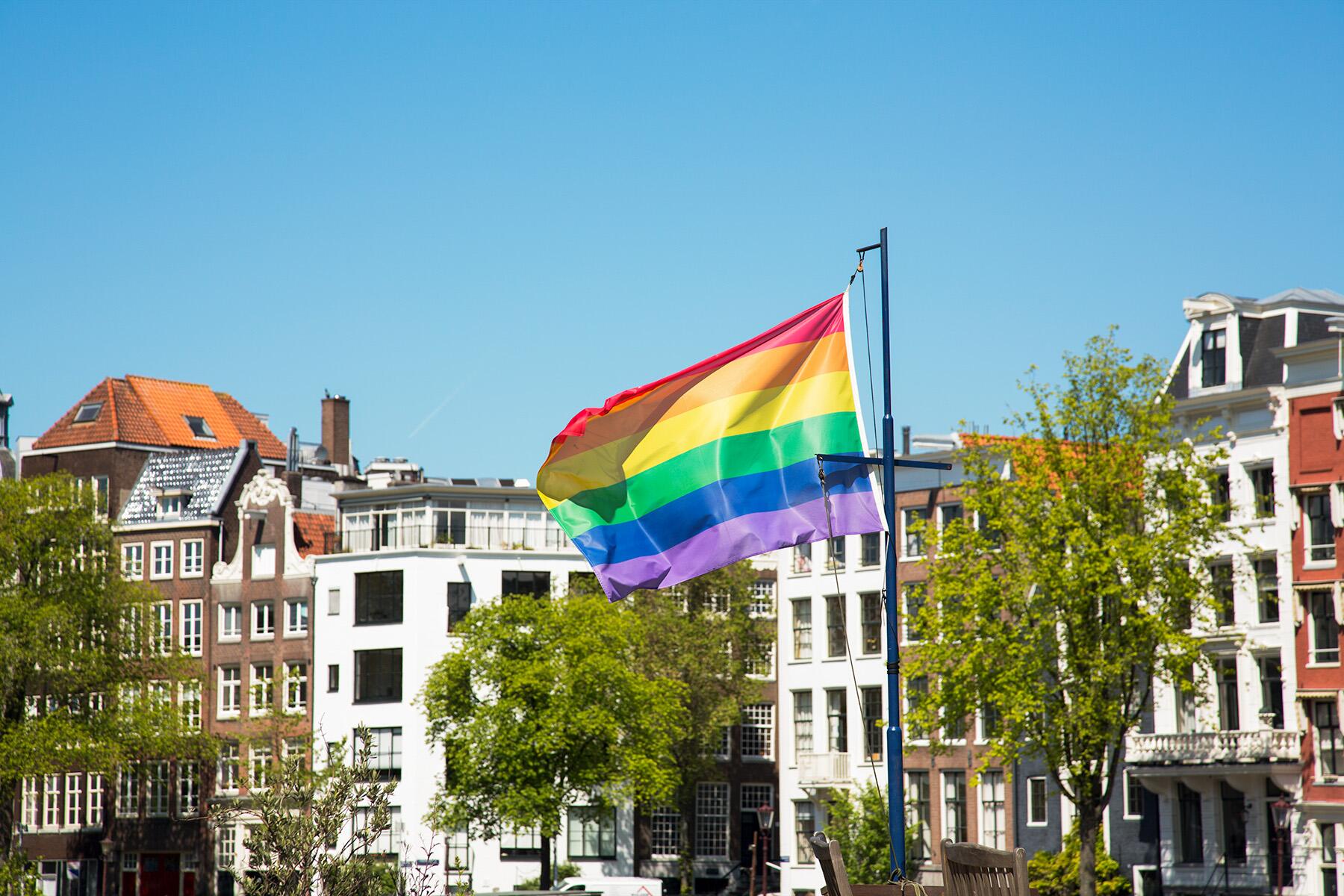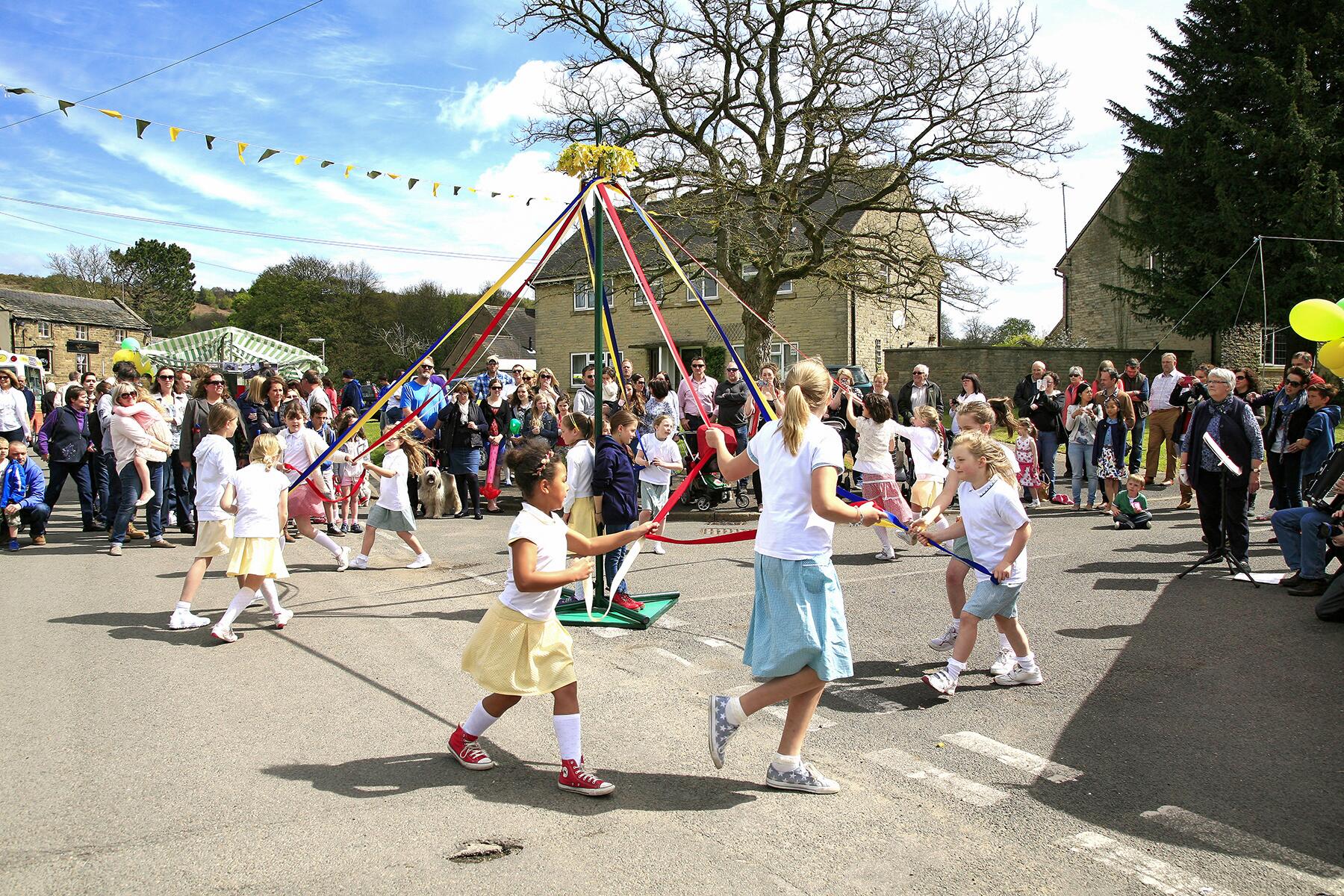Grab your white caps and start up the bonfire because spring is in full swing!
Over the centuries, people throughout Europe have been celebrating the chill of early spring being replaced with the oncoming warmth and bounty of summer. Many of these traditions may have changed in name or details over the years but they all have one thing in common—they all give people a reason to party.
Beltane
WHERE: Scotland, Isle of Man, Ireland
Beltane is an ancient Gaelic festival that’s been held in Scotland, the Isle of Man, and Ireland. Although there are several components to this celebration of the coming summer season, the most central element of Beltane events are the bonfires. The flames from the bonfires provided protection to people but also livestock. Cattle were traditionally walked between bonfires so that they could receive its protection. While the prevalence of Beltane celebrations dwindled in the modern era, there are a number of communities (including modern-day pagans, Wiccans, and Celtic Reconstructionists) that are keeping the bonfire flames alive.
Protomagia
WHERE: Greece
The Greek version of this celebration quite literally puts the “May” in “May Day.” The name for the month of “May” comes from the Roman name “Maius,” which in turn comes from Maia, a Greek mythological figure who was one of the Pleiades nymphs often associated with nurturing. An element of the ancient Greek versions of this May Day celebration is the hanging of flower wreaths. Those who celebrate will make or buy flower wreaths and hang them on the door of their homes.
Recommended Fodor’s Video
Vappu
WHERE: Finland
Vappu, on paper, celebrates the feast day of Saint Walpurga. In Finnish cities, however, April 30 and May 1 have become a confluence of reasons to party—the Christian feast day, the pagan celebration of spring, college students celebrating the end of the school year, and the celebration of workers’ rights (May 1 is International Workers Day). This mix of reasons to revel makes for a raucous atmosphere on April 30 when sima (mead) is enjoyed, food is shared, and white student caps are placed on statues. On May 1, the previous night’s revelers nurse their hangovers at picnics where they enjoy doughnuts and more sima.
Maias
WHERE: Portugal
In late April and early May, the yellow flowers that adorn the Portuguese broom (a shrub) are in full bloom. In some regions of Portugal, it has become a tradition to collect these brooms and place them on their doors, windows, and even cars and farming equipment before midnight on April 30. This tradition is meant to ward off the devil, witches, and evil spirits.
Calendimaggio
WHERE: Italy
Calendimaggio has its roots in both ancient Roman and medieval traditions celebrating the return of spring. But in the city of Assisi, the event is particularly elaborate with a Renn Fest-style twist. In the 14th century, the city’s upper (sopra) and lower (sotto) levels battled for control of the city. These days, the residents from both parts gather together on the first Thursday, Friday, and Saturday in May and spill out into the streets and plazas dressed in medieval costumes, play traditional games, and sing and dance.
May Day
WHERE: England
Many cities and regions in England have their own May Day traditions (including the May Day Run during which thousands of motorcyclists ride from Locksbottom to Hastings), but the most prevalent might be the Maypole. Under Oliver Cromwell, maypoles were banned until Charles II was crowned in 1660 who installed a 131-foot tall Maypole on the Strand in London. Maypoles have remained a fixture of English May Day festivities. Some villages have even installed permanent maypoles, the tallest of which can be found in Barwick-in-Elmet.
Walpurgisnacht
WHERE: Germany
According to legend, Mount Brocken serves as the staging ground for a Witches Sabbath on every April 30. So, in order to keep these witches and other evil spirits at bay, a tradition arose wherein people would build bonfires and make noise to scare them off. Over the years, the tradition became less about keeping the witches at bay and more of a pre-Halloween with the bonfires becoming more celebratory in nature.
Arminden
WHERE: Romania
Like many European May Day traditions, Arminden has evolved to have Christian connotations (the name is in reference to Jeremiah’s Day) but has roots in pagan traditions. The day has also been known as Mugwort Day in order to celebrate the herb’s harvest. Naturally, mugwort features in the drinks as well as the apparel with people wearing mugwort on their hats or on their belts. These practices are believed to keep harm and bad luck at bay.
Las Mayas
WHERE: Spain
While many traditional May Day festivals are noted for the flurry of activity that comes with games and dancing, the tradition of Las Mayas is best characterized by its stillness. During the first week of May, a young girl is selected to be the Maya—an honor that isn’t merely ornamental. The Maya, adorned in jewelry and floral crowns, preside over an altar where they must still and serious for several hours as people make offerings over the course of the festivities.
Májka
WHERE: Czech Republic
In the Czech Republic, May 1 has become a day dedicated to Karel Hynek Mácha, an important romantic poet. Mácha was not well regarded during his lifetime but has since become recognized as an important Czech writer. His most noted work is the dramatic poem Máj (May). It’s become tradition for couples to visit and leave flowers at his statue in Prague.




